One of the best and most convenient things about traveling through Europe is its extensive train system that covers a lot of ground, is budget-friendly and is easy to use. When traveling through Italy last summer, we hopped from city to city entirely by train. We found it the easiest way to get around (and the quickest). In this guide, I’ll break down everything you need to know about Italy’s train system to help prepare you for your trip.
Main Stations
First, let’s talk about the main/biggest stations in Italy. These are definitely not the only stations in the country, but these are the largest stations. What’s important to note here is that what we call a city in English, isn’t necessarily what they call it in Italy, and it’s important to note the station’s proper names so you don’t get it mixed up where you’re going. Here are the main ones:
- Milan: Milano Centrale
- Venice: Venezia St. Lucia
- Florence: Firenze S.M. Novella
- Rome: Roma Termini
- Naples: Napoli Centrale
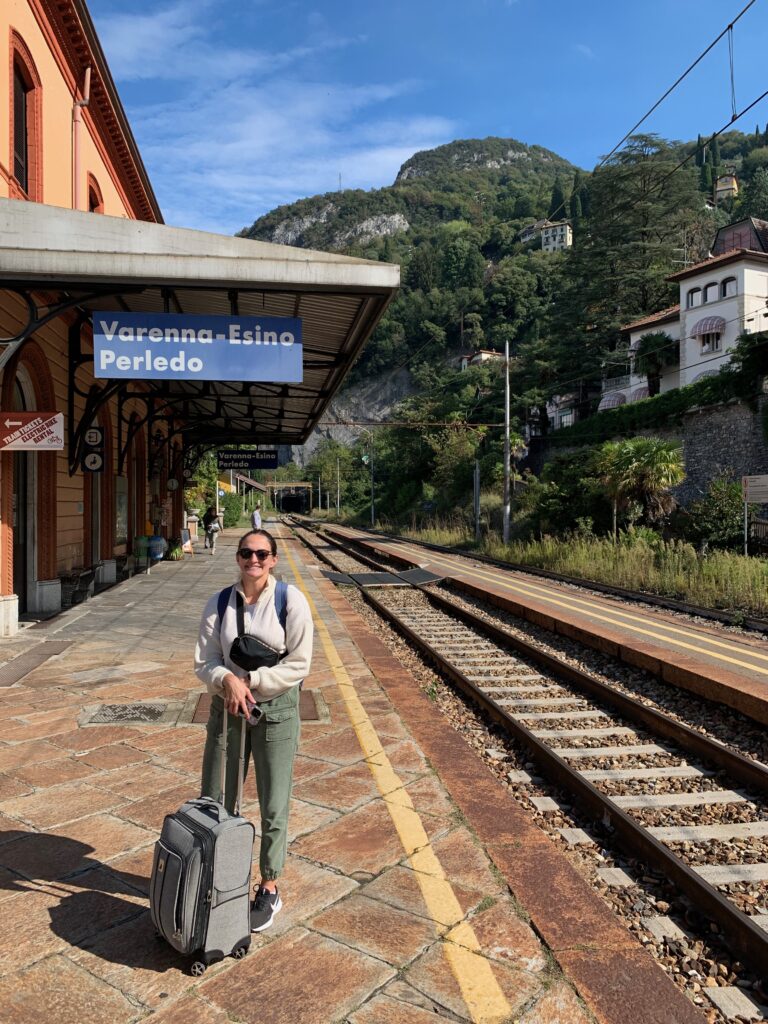
Types of Trains
Regional vs. High-Speed
The next thing that is important to understand is the two main types of trains in Italy – regional trains, and high-speed trains. High-speed trains (also sometimes called express trains) are efficient trains that connect major cities in Italy together such as the cities listed above with either only a few or no stops in between. This, of course, makes your journey quicker. Regional trains are smaller, slower trains that will make stops in bigger cities, but also have many local stops in between at smaller stations.
Trenitalia and Italo
There are two major companies that run trains in Italy: Trenitalia and Italo. Trenitalia has the widest network and routes as it was the only railway company in Italy for a very long time (Italo only began in 2012).
When traveling with Trenitalia, Le Frecce is the train fleet that is the most modern, comfortable, and fast. This means that they cost the most out of all the train options. You’ll need to also reserve your tickets in advance and get a seat assignment. Most high-speed service runs on Le Frecce trains between major cities like Milan, Venice, Florence, Rome, etc.
Within the Le Frecce fleet, there are three different types of trains:
- Frecciarossa: This is the fastest and priciest. These trains travel up to 300km/h and connect Italy’s major cities together
- Frecciargento: These trains use both high-speed and traditional lines, they aren’t as fast as Frecciarossa but still take you to the main cities, Venice, and some southern regions like Apulia and Calabria
- Frecciabianca: The slowest of the three, this train runs on traditional lines and connects large and medium-sized cities in 14 of the 20 Italian regions
Outside of the Le Frecce fleet, there are also the following trains:
- Intercity: These are less expensive and operate outside of the high-speed line, therefore your trip will be longer. The intercity trains connect medium to large cities across the country. You cannot reserve your seat in advance and these trains are much older/less fancy
- Regional Trains: The cheapest option, regional trains are used by locals for their morning commutes and connect minor towns and villages. You can’t reserve seats, and you’ll want to try and avoid rush hours. These are the trains that you’d take to go somewhere like Cinque Terre
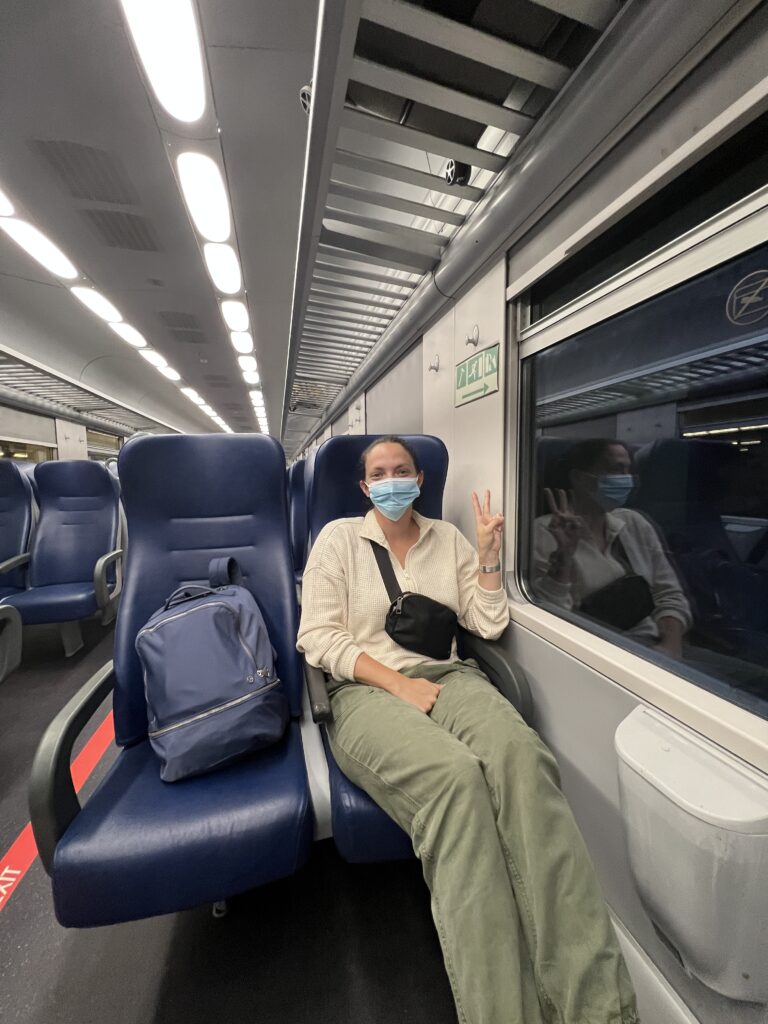
How to Buy a Ticket
There are two ways you can buy your train tickets in Italy:
- Online: Buy your ticket online via the train company’s website (Trenitalia and Italo)
- Train Station: Directly at the train station, at the ticketing window, or using the self-serve ticket machines (instructions are available in English and the machines accept credit cards)
To avoid lines, or having to worry about securing tickets when we were in Italy, we bought all our tickets in advance online. This helped us also plan our trip as we would know exactly when we had to be at the train station, and our schedule.
I usually used ItaliaRail to find the best route options and tickets for me when traveling through Italy
Generally, the sooner you book, the cheaper the fare. You’ll notice when navigating the train’s website that there is often several types of fairs that you can choose from, including different classes of tickets. Executive Class on Trenitalia, for example, is really nice and there’s only one Executive car per train with only 10 seats in it. These have more legroom, window seats, and the seat recline, and you even have full meal options on board.
Lower classes usually don’t serve food, don’t have the bells and whistles, and generally seats are first come, first serve. Saying that we didn’t book any first-class tickets on our train travels and we never had any issues getting seats, fitting our carry-on luggage on board, or felt like we wished we upgraded because our train journeys were never more than a few hours at a time.
How to Read the Board
When you arrive at the station, reading the platform board with all the essential travel information can be a little confusing so my first tip is to make sure you arrive at least 30 minutes before your departure time so you can find your train without having to rush. Especially when traveling from a major/big train station like Rome, Milan, and Bologna (in smaller stations, there may legit only be one track).
Once at the station, find the electronic board with the departure information on it. There will be several throughout the station.
The board has the following information:
- Type of train and train number (treno)
- Train’s final destination (destinazione)
- Departure time (orario)
- Delay (ritardo) – a 5-10 minute delay as standard in Italy
- Information (informazioni) – this usually displays the intermediate stops of the train with arrival times and where the different classes are located scrolling by
- Platform number (binario)
To identify your train, reference the train number on your ticket as the destination shown on the board will be the final one which may not be where you’re going.
If your train does not have a train number, date, or time on it, you must validate it before boarding. Look for a green, white, or yellow electronic box and stick your ticket in it for it to be validated before you get on the train
When you get to your platform, double-check the sign that you are about to board the right train. You’ll see these positioned along the track. If you have an assigned seat, you’ll also want to ensure you board the right carriage to avoid having to disrupt others or walk through the entire train to get to yours.
Strikes
Train strikes are common across Europe, especially during high season which can be stressful. The good news is that these only happen with Trenitalia since it’s a public, state-run train company, whereas Italo is privately owned so strikes are very unlikely.
The thing with strikes is there is nothing you can really do to avoid them but be patient, and open to the fact your schedule may need to adjust. When we were in Italy, there were some strikes happening but since the trains we had booked were during commuting hours, and were considered essential, we had no delays or cancellations.
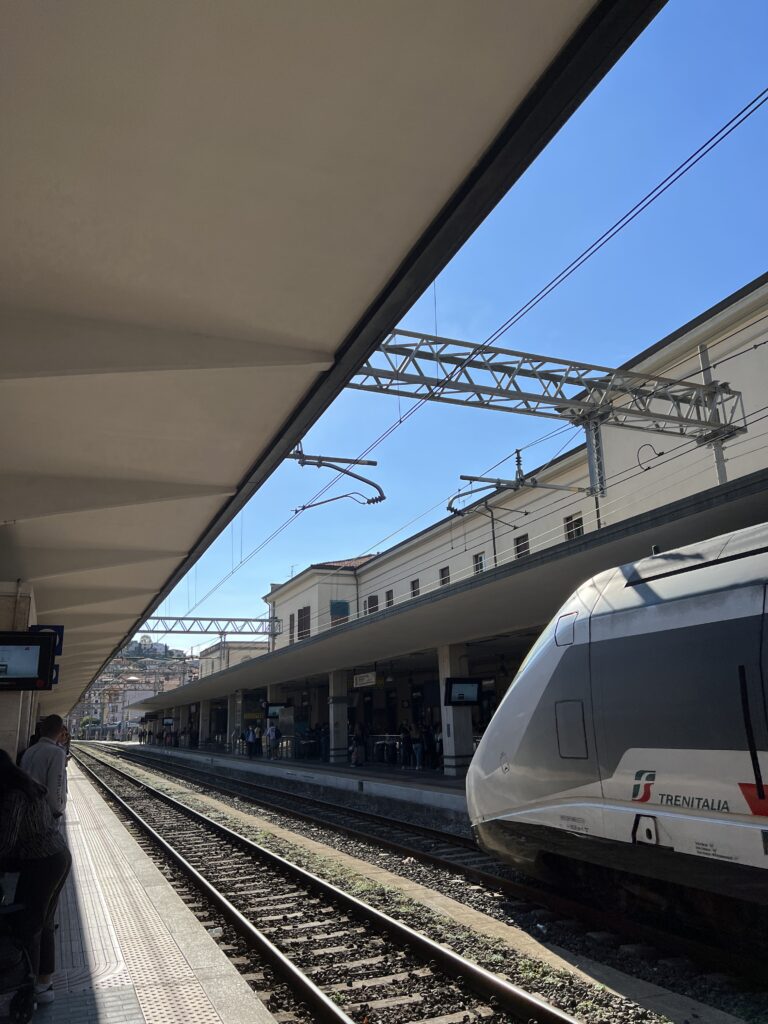
FAQ & Tips
What should I pack when traveling by train in Europe? Pack light! You do not want to have a giant suitcase to lug on and off trains, and there isn’t always a ton of places to store them if the train is busy. Pack a carry-on-sized suitcase or backpack instead.
Does Trenitalia have an app? Yes! You can download it here and it can be a great way to keep track of your tickets, and the schedule.
Route Lengths: Make sure that when you are buying tickets you are mindful of how many stops the trains have, and how long the trip will take. There are sometimes longer and shorter trips to choose from, and sometimes the express/high-speed trains aren’t that much more expensive than the slower trains.
How long does the train take in Italy? Some general routes are as follows:
– Rome-Florence: 1 hour 32 minutes
– Rome-Milan: 2 hours 55 minutes
– Rome-Venice: 3 hours 45 minutes
– Rome-Naples: 1 hour 10 minutes
– Florence-Naples: 3 hours
Is it easy to get around on a train in Italy? Yes! Leave yourself enough time so you don’t feel rushed or stressed getting to the station, and you’ll have no problem navigating the train system in Italy. Buying tickets ahead of time can help eliminate some of the stress when you get to the station as well, and all ticket websites have an “English” option to change the language so you can easily navigate them.

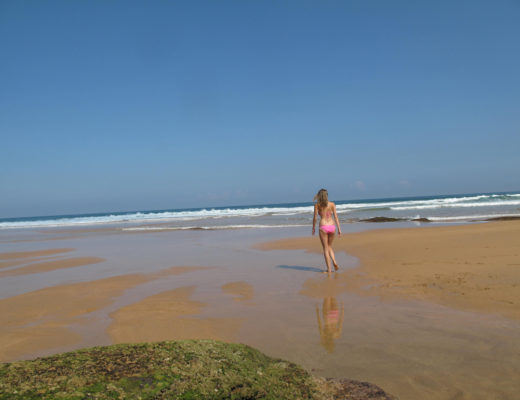
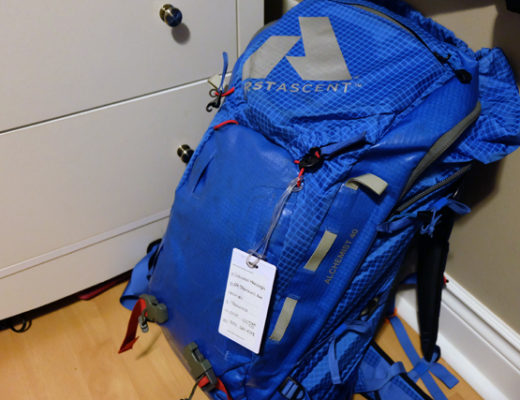
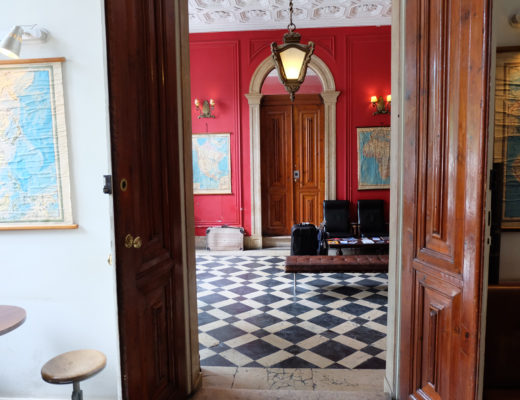

2 Comments
Susan Berbower
June 5, 2024 at 4:10 pmI’m so glad to have found your site–I’m a senior citizen and have been swimming in a sea of too, too much information about Italian trains with so many different names–that I was drowning in it.
Lauren
July 18, 2024 at 9:29 pmHi Susan, I’m glad you found this helpful! Thanks for the note 🙂